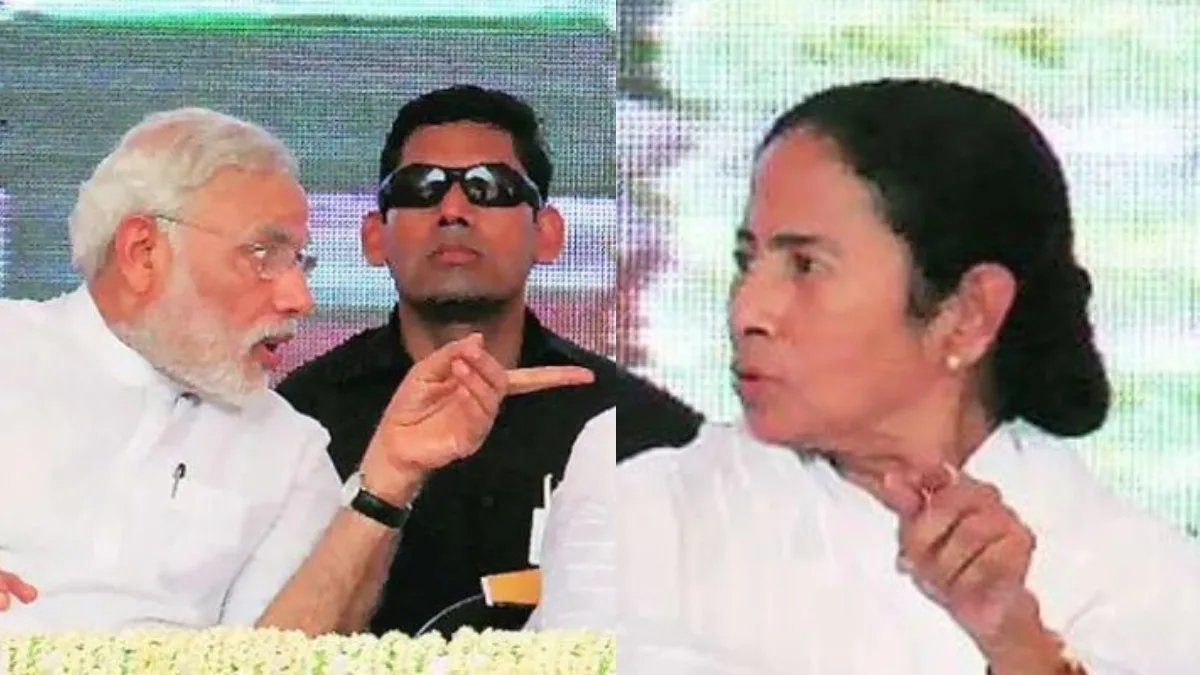The Bharatiya Janata Party may have expanded its footprint across India, but West Bengal remains one of the most complex political landscapes for the party and its allies in the NDA. Drawing parallels from the Indian Express analysis of Nitish Kumar’s long-term economic strategy in Bihar, it becomes clear that a similar steady and sustained plan is essential for any party hoping to govern Bengal. Yet, Bengal is an entirely different ball game, shaped by geography, political culture, economic expectations, and a deeply rooted regional identity that places the BJP at a disadvantage the moment it begins to think about long-term social spending.

One of the biggest challenges for the BJP in Bengal is financial. The Trinamool Congress government has maintained a strong and steady flow of welfare-linked cash transfers, with schemes tailored to districts, communities, and even micro regions. From Lakshmir Bhandar to the subsidies targeting farmers, artisans, students, and women, the TMC’s economic model is deeply localised. It functions on a granular understanding of what each region needs and expects. This makes it difficult for any incoming government to match the pace, scale, and continuity of funds.
Nitish Kumar in Bihar could launch a long-term cash transfer scheme because he was working within a migratory state whose economic aspirations were relatively uniform. In contrast, West Bengal is a mosaic. The demands of the people shift sharply as the terrain shifts. The hills of Darjeeling expect something entirely different from the tea gardens of Dooars. The fishing communities of the Sundarbans do not share the same priorities as the jute workers in Hooghly. The agrarian belts of Burdwan and the industrial clusters around Howrah follow different political rhythms. Bengal’s demographic diversity creates multiple centres of pressure, forcing any ruling party to maintain a constant and expensive welfare flow.

This is where the BJP faces a structural obstacle. Unlike the TMC, it does not have access to a deeply entrenched local machinery capable of sustaining and administering large beneficiary networks. And unlike Bihar, Bengal offers no strong third party rooted in regional politics, which the BJP could align with to unlock local credibility or create a backdoor entry into the voter base. In Bihar, the JD(U) served exactly this purpose. In Bengal, there is only the TMC that has successfully embedded itself into local governance structures over the years.
Financially, any BJP government would need to sustain a massive social expenditure from day one, but without the institutional scaffolding that the TMC has had over a decade to build. There is also the political memory of Bengal. Development expectations are tied to emotional identity, linguistic pride, cultural values, and district-level loyalty. These factors make it harder for national parties to adapt quickly.

If the BJP hopes to build a long-term plan for West Bengal, it must invest not just in finances but in local alliances, local leadership, and ground level political culture. Governance in Bengal is not about national momentum. It is about micro realities. To match the TMC, the BJP must learn to think and operate like a Bengal rooted party.


